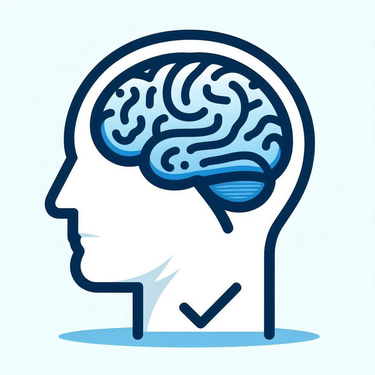Book Recommendations
In our book we cite several productivity books. We highly recommend reading them to complement your understanding and alongside your use of the D-I-S-E method. Information can be found below:
Johnson, Spencer. Who Moved My Cheese? An Amazing Way to Deal with Change in Your Work and in Your Life. New York: Putnam, 1998.
This book is a motivational business fable that explores how people react to change. Through the story of two mice, Sniff and Scurry, and two "Littlepeople," Hem and Haw, navigating a maze in search of cheese—representing success and fulfillment—the book illustrates different attitudes toward uncertainty. While the mice adapt quickly, the Littlepeople struggle, highlighting the importance of embracing change rather than resisting it. Johnson’s parable encourages readers to anticipate shifts, let go of fear, and proactively seek new opportunities to thrive in both work and life.
Kahneman, Daniel. Thinking, Fast and Slow. Farrar, Straus and Giroux, 2011.
Explores how two mental systems, one fast and intuitive, the other slow and analytical, shape our decisions, often leading to cognitive biases. Drawing on decades of research, Kahneman examines how these thinking patterns influence everything from finances to professional choices, shedding light on concepts like loss aversion and anchoring bias. The book offers valuable insights into improving decision-making by recognising when intuition is misleading and when deeper reasoning is necessary.
Newport, Cal. Deep Work: Rules for Focused Success in a Distracted World. Grand Central Publishing, 2016.
Explores the power of focused, distraction-free work in an increasingly noisy world. He argues that deep work—intense concentration on cognitively demanding tasks—boosts productivity, creativity, and career success. Newport contrasts this with shallow work, which is easily replicated and lacks lasting value. The book outlines practical strategies for cultivating deep work, including structured routines, eliminating digital distractions, and embracing boredom to enhance focus. By mastering deep work, individuals can produce high-quality results and gain a competitive edge in today’s economy.
Pink, Daniel H. Drive: The Surprising Truth About What Motivates Us. Canongate Press, 2011.
The book challenges traditional views on motivation, arguing that autonomy, mastery, and purpose drive human performance more effectively than external rewards. He explains how outdated carrot-and-stick incentives can undermine creativity and engagement, while intrinsic motivation fosters deeper satisfaction and productivity. The book provides insights into how businesses and individuals can harness these principles to improve work, learning, and personal fulfilment.
Ries, Eric. The Lean Startup: How Today’s Entrepreneurs Use Continuous Innovation to Create Radically Successful Businesses. Crown Business, 2011.
The Lean Startup introduces a systematic approach to entrepreneurship, emphasising rapid experimentation, validated learning, and continuous innovation. Inspired by lean manufacturing principles, Ries advocates for the Build-Measure-Learn feedback loop, where startups develop a Minimum Viable Product (MVP), test it with real users, and refine their strategy based on data. The book challenges traditional business planning, encouraging adaptability and customer-driven development to minimise waste and maximise efficiency. By focusing on iterative progress rather than rigid forecasts, The Lean Startup provides a blueprint for entrepreneurs to create sustainable, scalable businesses.
Tracy, Brian. Eat That Frog!: 21 Great Ways to Stop Procrastinating and Get More Done in Less Time. San Francisco, CA: Berrett-Koehler Publishers, 2007.
A practical guide to overcoming procrastination and maximising productivity. Inspired by Mark Twain’s idea that tackling your hardest task first sets the tone for success, Tracy presents 21 actionable strategies to help individuals prioritise effectively, eliminate distractions, and focus on high-impact work. The book emphasises structured goal-setting, time management techniques, and the importance of discipline in achieving long-term success. By applying these principles, readers can streamline their workflow and accomplish more with less stress.


Empowering smarter decision-making for effective outcomes.
Contact
Email direct: feedback@beclearpro.co.uk
© 2025. All rights reserved.
